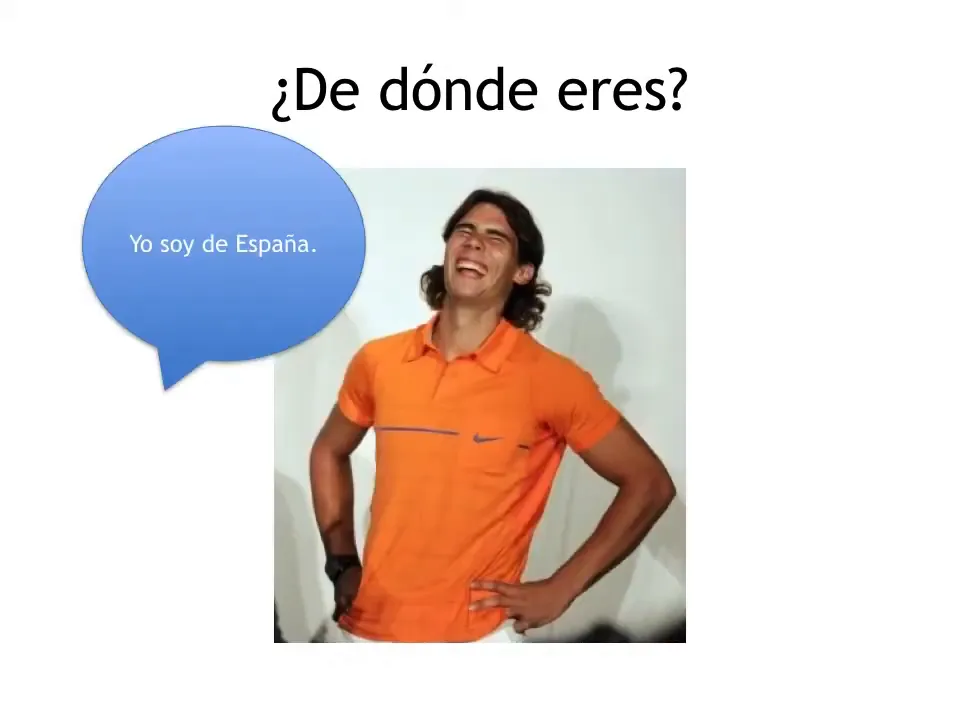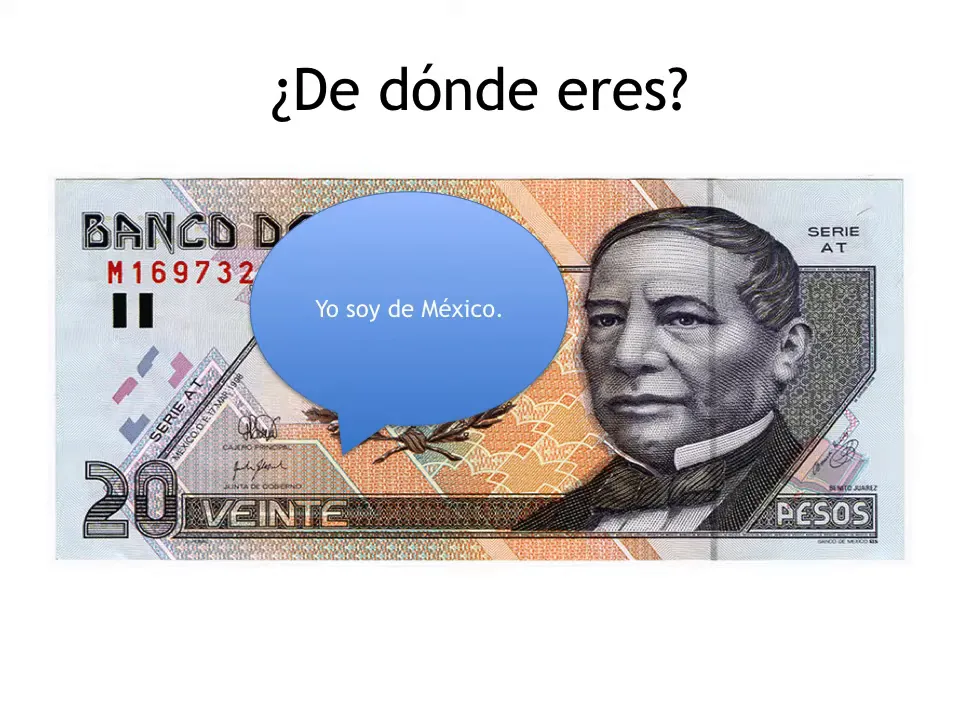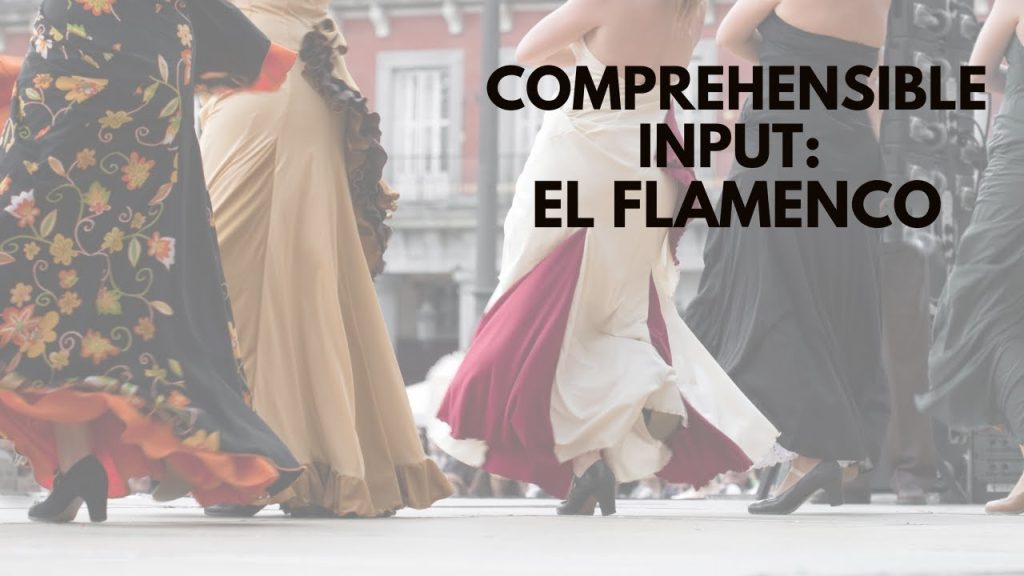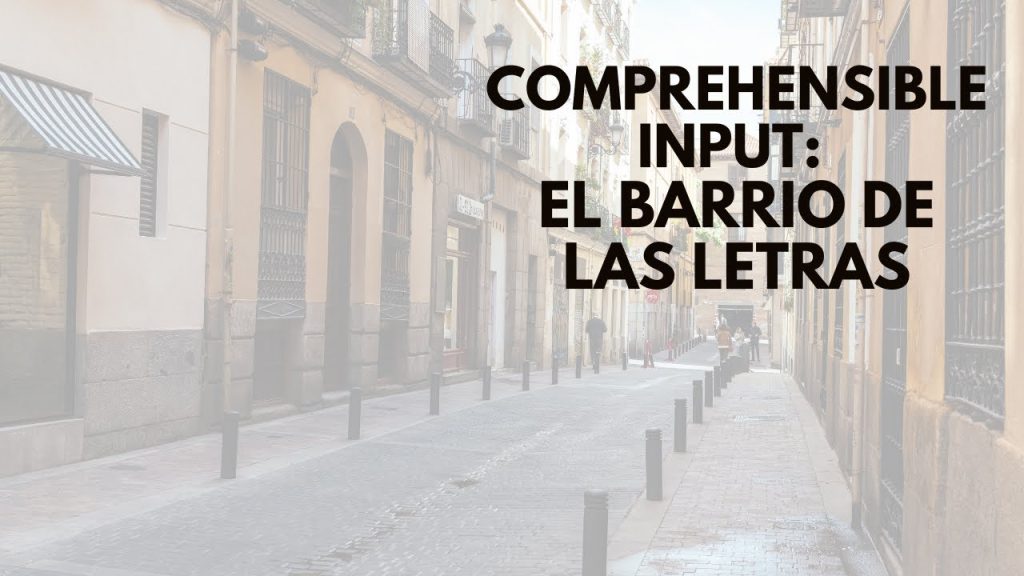One of the first things people ask each other is where they come from. In Spanish, the question and answers are simple, flexible, and perfect for early practice. Use short, repeated phrases to build confidence and listening comprehension. Below are the most useful forms, examples, and quick drills to get you speaking about origin right away.
The essential question: ¿De dónde eres?
The basic, informal way to ask someone where they are from is ¿De dónde eres? Literal translation: “From where are you?” You can add tú for emphasis: ¿De dónde eres tú? For formal or polite situations use ¿De dónde es usted?
How to form the question
- Informal (singular): ¿De dónde eres? / ¿De dónde eres tú?
- Formal (singular): ¿De dónde es usted?
- Plural (informal or formal, depending on region): ¿De dónde son ustedes?
Simple answers: Soy de…
To answer, use Soy de + place. This works for countries, cities, regions, or towns.
Where are you from? I’m from Spain. Where are you from? I’m from Mexico. Where are you from? I’m from Cuba.

Examples:
- Soy de España. — I’m from Spain.
- Soy de México. — I’m from Mexico.
- Soy de Cuba. — I’m from Cuba.
- Soy de Madrid. — I’m from Madrid (city).

Notes on variations
- You can say Yo soy de… to add emphasis, but the yo is often dropped in casual speech.
- To say your nationality instead, use Soy + nationality: Soy español, Soy mexicano, Soy cubano.
- When referring to countries with a definite article in Spanish (rare), native usage varies. For most learners, stick with Soy de [country].
Practical drills to build fluency
Comprehensible input benefits from repetition and substitution. Practice these short drills aloud or with a partner:
- Repeat the question and answer aloud: ¿De dónde eres? — Soy de España.
- Substitute different places: España → México → Cuba → Argentina → Colombia.
- Switch pronouns: add tú or try the formal usted.
- Ask and answer quickly back and forth, aiming for natural rhythm rather than perfect grammar.
- Try plural: ¿De dónde son ustedes? — Somos de México.
Sample practice set
- ¿De dónde eres? — Soy de España.
- ¿De dónde eres? — Soy de México.
- ¿De dónde eres? — Soy de Cuba.
- ¿De dónde es usted? — Soy de Argentina.
Pronunciation and listening tips
Focus on the two-word chunk de dónde as a unit. The stress falls on dónde, and the question intonation rises at the end. Listen for the verb form: eres (informal you) vs es (formal he/she or usted). Repetition helps you tune your ear to these differences.
Quick reference cheat sheet
- Ask (informal): ¿De dónde eres?
- Ask (formal): ¿De dónde es usted?
- Answer: Soy de [place].
- Nationality: Soy + nationality (use correct gender when relevant).
Use short, repeated exchanges to internalize these structures. Keep substituting new cities and countries until asking and answering feels automatic. Consistent, simple practice builds comprehension and confidence quickly.
Building Proficiency for World Language Learners: 100+ High-Interest Activities
Discover over 100 dynamic activities to make world language learning interactive and fun. I wrote this book with some of my favorite activities for educators aiming to build proficiency with high-impact strategies.
Learn more and get your copy here.
5 Weeks of No and Low Prep Fun
Need quick, engaging activities for your class? This free guide includes 25 no-prep and low-prep ideas to save time while keeping students excited about learning.
Download your free copy now.
100s of Videos to Learn Spanish
Gain access to an extensive collection of videos for self-paced Spanish learning.
Browse the videos.

